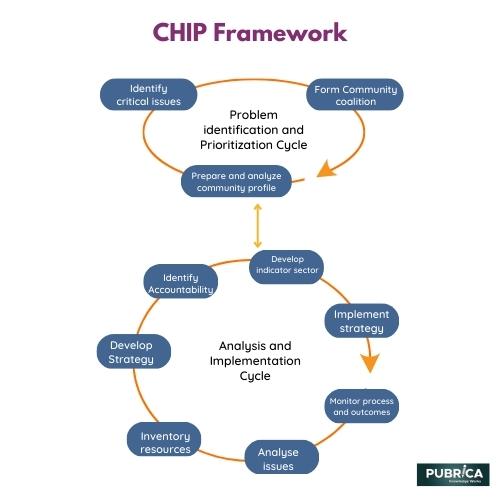CHIP Framework
The CHIP framework is based on the idea that human cognition involves the hierarchical processing of information, with lower-level processes providing input to higher-level processes that integrate and interpret that information. The framework consists of a set of modules that perform different cognitive functions, including perception, attention, memory, reasoning, and decision-making.
One of the unique features of the CHIP framework is its emphasis on context. The framework is designed to take into account the specific context in which a task is being performed and to use that context to guide the processing of information. For example, when performing a task in a noisy environment, the perception module may prioritize processing of auditory information over visual information.
The CHIP framework has been used in a number of applications, including the development of intelligent tutoring systems for learning and decision-making, as well as in robotics for autonomous navigation and control. Its modular design and emphasis on context make it a flexible and powerful tool for simulating human cognition and developing intelligent systems .

CHIP is used to frame qualitative research questions in psychology.
| Context | What is the social, cultural or geographical context for your population? |
| How | Which research methods are you using? |
| Issues | Which of your population’s behaviours or experiences are focusing on? |
| Population | How are you defining your population? |
References
Kuan, Pei Fen, et al. “A statistical framework for the analysis of ChIP-Seq data.” Journal of the American Statistical Association 106.495 (2011): 891-903.
